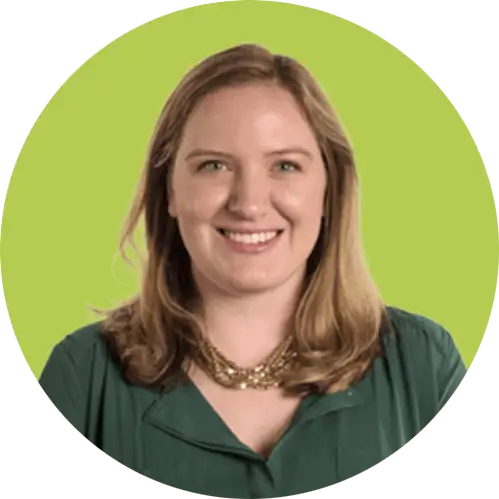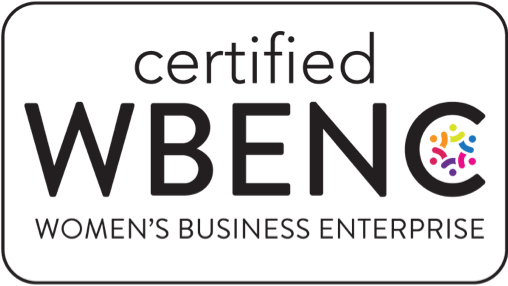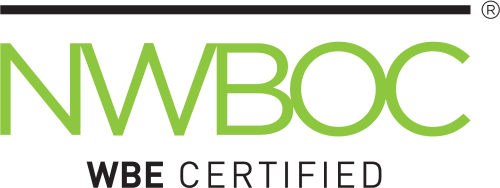Case study: Utilities
Leading a municipal electricity utility from technology strategy to technology adoption


A municipal electricity utility delivers electricity to one of the country’s largest technology hubs. The organization wants to boost customer satisfaction and employee effectiveness through technology transformation. Specifically, they want to develop and implement an overarching utility technology roadmap. Utility leaders know that their technology strategy’s success hinges on employee buy-in and adoption of new processes that utilize the latest advancements. To drive this adoption, they sought Eagle Hill’s expertise in both technology change management and organizational change.
We sat down with our State and Local practice lead, Madeleine Watson, to discuss how Eagle Hill partners with this municipal electricity utility to lead employees through technology change.
Why is technology transformation so important for the client?
Madeleine: The metro area in which the utility operates continues to see a lot of high-density population growth and with that, a growing demand for supports like residential solar panels and EV charging stations. You can imagine that if the client doesn’t adapt quickly to customers’ energy demands, there would be a real risk to the sustainability of their grid infrastructure. Thinking strategically about their tech investments, while balancing both current and future needs, is how they “keep the lights on.”
They’ve made great headway in the last few years to organize their needs and think strategically about how they should implement the changes for long-term success. That’s where our change management expertise has come in – to sustainably effect the organizational change they need to activate their technology roadmap and provide direct business process and change management support to individual projects on the roadmap itself.
For a lot of organizations, adoption is an afterthought when they’re developing a technology strategy or implementing new technology. Can you talk to us about how the client’s take on this is different than what we often see?
Madeleine: Yes – exactly. Something we noted early on in the partnership is that both Eagle Hill and the client see people as the path to technology transformation. For this utility, they think beyond implementing software and launching an upgrade. They want to communicate with their employees about what technology changes are coming, the benefits of these changes, and how they are intended to better serve their customers by allowing them to work more effectively, sustainably, and safely.
The utility has fully adopted organizational change management principles at the enterprise level, and they apply it to their technology strategy and tech-based projects in particular. They know that their technology and their people enable their commitment to providing affordable clean energy, in what they see as a shared energy future with their customers.

So, you have an organization with a profoundly important mission and dispersed workforce. How are you designing an effective technology change management approach?
Madeleine: One key to success is a steadfast focus on their people. We take the time to understand all the stakeholders, map out needs, and define necessary outcomes by talking to people who will be using the technology. Our change programs and tools are never one-size-fits-all. For this client, we customize the plans based on what will work for specific stakeholders so that messages are relevant and easy to understand.
How does this approach play out in a specific technology change?
Madeleine: An example that comes to mind is that we partnered with the client to deliver change management support for an upgrade to one of their enterprise geographic information systems. This tool has about 800 users across 20 different groups. One of the most important user groups happens to work on overlapping shifts for 24-hour coverage. But, we know that user groups can vary – so, you first have to learn your audience and then actively engage with teams differently based on their needs. In this case, we had to think about how to engage a team working 24-hour shifts to minimize operational disruption. You can have a great tech solution, but if you don’t engage people effectively, it can easily fail to achieve its intended value. They’ll look at it and say, “I can’t do my job with that” and they may be right.
How did your efforts relate to their technology strategy and roadmap more broadly?
Madeleine: The technology roadmap introduced an entirely new process, and as it is with any organization, without a structure like this employees have different paths and approaches to fund and gain approval for new technology following their own established paths. Our challenge is to help our client effectively communicate to employees that the roadmap isn’t a limitation. Rather, it is designed to ensure that resources are spent on the right technologies across the organization and will ultimately help them in their jobs.
It sounds like you have to influence very established mindsets and ways of working.
Madeleine: Absolutely. To do this, we are taking a comprehensive approach. We interviewed employees to fully understand their knowledge gaps regarding the technology roadmap, customized messages for various stakeholders, improved their SharePoint sites for better information sharing, and held events to raise awareness of the forthcoming changes. We’re also constantly asking ourselves the question: “Is this work helping them achieve the goals outlined in their strategic plan?”
How do you ensure that the technology change management approach aligns with the client’s culture?
Madeleine: When dealing with any type of organizational change, you need to completely understand the environment, and frankly, geek out about it. In this case, that means designing for engineers in a mission-focused culture. This is always our touchstone. I think it’s why we’re able to influence technology adoption at the organization and change employees’ minds about the value of the technology strategy.

“Eagle Hill consistently impressed us with their expertise, dedication, and results-oriented approach. The team displayed a remarkable ability to understand our unique challenges and goals. They effectively translated that understanding into a well-defined plan that addressed our specific needs. Their execution was flawless.”
-Municipal Electricity Utility Client, 2024
Let’s go to where you want to be
Eagle Hill helps organizations of all sizes, in all industries bring their business goals to life.

